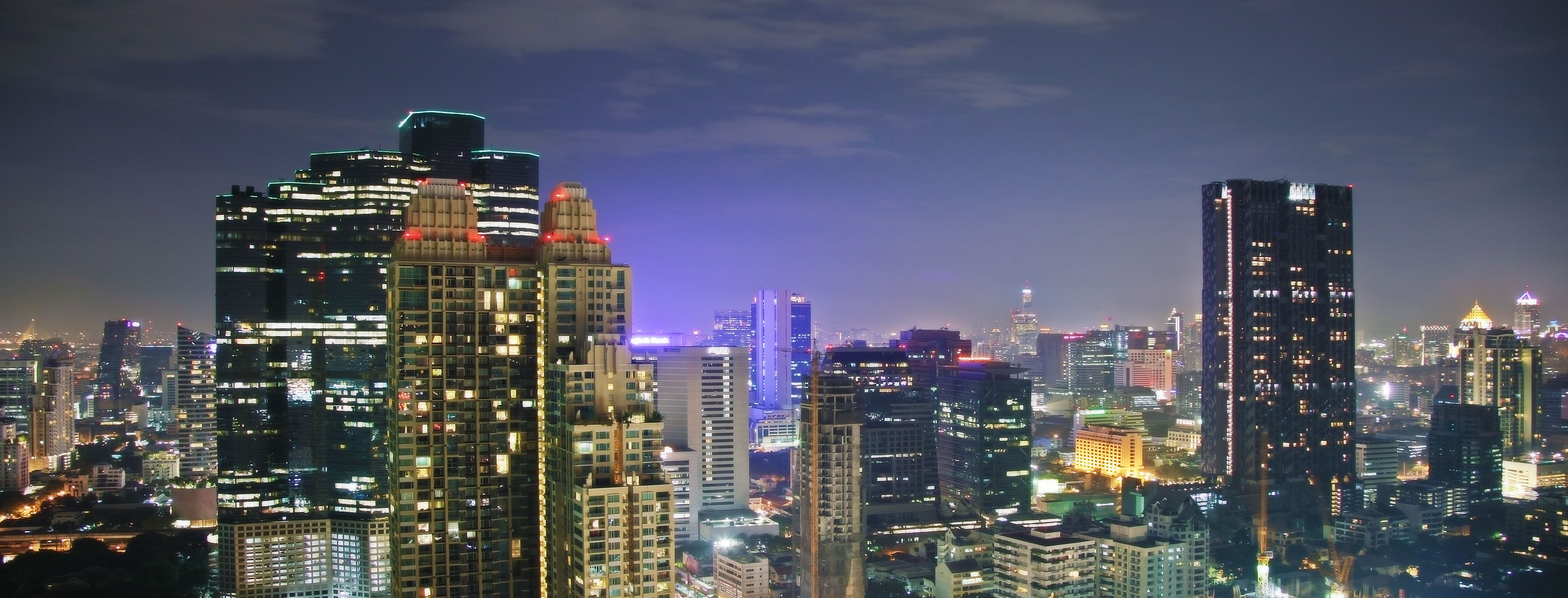A physical security system is designed to safeguard a financial institution's premises, assets, and personnel from unauthorized access, theft, and other physical threats. Such a system typically consists of several key components:
1. Access Control Systems: Electronic keycard systems, biometric scanners (such as fingerprint or iris recognition), PIN codes, and physical keys are used to manage entry and exit points within the financial institution. These access control systems help restrict access to authorized personnel and track who enters and exits the premises.
2. Surveillance Cameras: Surveillance cameras are placed at strategic locations throughout the facility to monitor activity inside and outside the building. These cameras can deter criminal activity, provide evidence in case of incidents, and help security personnel monitor the premises in real-time.
3. Intrusion Detection Systems (IDS): IDS are designed to detect unauthorized entry or attempted break-ins. These systems can include sensors on doors and windows, motion detectors, glass break detectors, and alarms that trigger when unauthorized access is detected.
4. Perimeter Security: Perimeter security measures protect the external boundaries of the financial institution, including fences, gates, barriers, and landscaping designed to deter unauthorized access or intrusion.
5. Physical Barriers and Safes: Reinforced doors, security windows, and vaults safeguard valuable assets such as cash, documents, and sensitive information. High-security safes and vaults store cash, important documents, and other valuables.
6. Security Guards: Trained security personnel may be onsite to monitor the premises, control access, respond to alarms, and handle security incidents. Security guards are a visible deterrent to criminal activity and provide a rapid response in emergencies.
7. Panic Buttons and Duress Alarms: Panic buttons and duress alarms are installed at strategic locations throughout the facility to allow employees to quickly summon help in emergencies, such as robberies or threats to personal safety.
8. Lighting: Adequate lighting inside and outside the financial institution is essential for deterrence and surveillance. Well-lit areas help deter criminal activity and improve the effectiveness of surveillance cameras.
9. Secure Perimeter Management: Vehicle barriers, bollards, and security checkpoints are implemented to control vehicular access to the premises and prevent unauthorized vehicles from approaching sensitive areas.
10. Emergency Response Plans: Comprehensive plans are developed to address various scenarios, including robberies, natural disasters, and other emergencies. These plans outline evacuation procedures, lockdowns, communications, and coordination with law enforcement agencies.
Overall, a robust physical security system for a financial institution combines access control measures, surveillance technologies, intrusion detection systems, physical barriers, security personnel, and emergency response protocols to protect against physical threats and ensure the safety of employees, customers, and assets.
